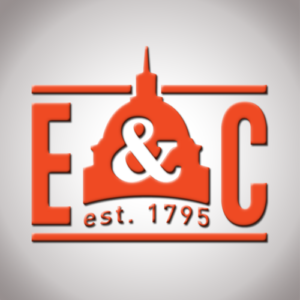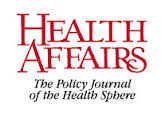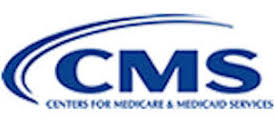ACA’s Medicaid Pay Bump Helped But Benefits Now Lost, Study Says
Health status and access to care improved for Medicaid patients when the Affordable Care Act mandated a temporary rate increase for physicians serving newly insured patients covered through that law’s Medicaid expansion.
But when the mandate for increased physician payments ended and state Medicaid programs reverted to their previous, lower payments, many of those benefits were lost.
 Or so reports a new study from the National Bureau of Economic Research.
Or so reports a new study from the National Bureau of Economic Research.
According to the study, even a $10 rate increase improved access to care enough to reduce by 13 percent Medicaid recipients’ complaints about not being about to find a doctor. Utilization also increased. The temporary Medicaid pay increase has even been credited with improving school attendance and reducing chronic absenteeism.
Despite the benefits of the temporary increase in Medicaid payments to physicians, most states returned to lower payments when the mandated ended, most of the gains resulting from the better pay for treating Medicaid patients disappeared, and the disparities between privately insured individuals and Medicaid patients returned to their pre-Affordable Care Act levels.
Researchers estimate that increasing Medicaid payments to physicians by an average of $26 a visit would eliminate disparities in access to care.
These findings are especially relevant to Pennsylvania safety-net hospitals because the communities they serve have so many more Medicaid patients than the typical American community.
Learn more from the National Bureau of Economic Resarch study “The Impacts of Physician Payments on Patient Access, Use, and Health” and from the Healthcare Dive report “Even $10 increase in Medicaid payments helps erase disparities in care access, study says.”
 In 2015, CMS required states to track their Medicaid fee-for-service payments and submit them to the federal government as part of a process to ensure that Medicaid payments were sufficient to ensure access to care for eligible individuals. Now, CMS proposes rescinding this requirement, writing in a news release that
In 2015, CMS required states to track their Medicaid fee-for-service payments and submit them to the federal government as part of a process to ensure that Medicaid payments were sufficient to ensure access to care for eligible individuals. Now, CMS proposes rescinding this requirement, writing in a news release that The Medicaid DSH cuts, mandated by the Affordable Care Act, have already been delayed three times by Congress and could be on their way to a fourth delay if the proposal advanced by the Health Subcommittee is endorsed by the Energy and Commerce Committee and works its way to the full House of Representatives, where such a proposal is thought to enjoy wide support.
The Medicaid DSH cuts, mandated by the Affordable Care Act, have already been delayed three times by Congress and could be on their way to a fourth delay if the proposal advanced by the Health Subcommittee is endorsed by the Energy and Commerce Committee and works its way to the full House of Representatives, where such a proposal is thought to enjoy wide support. According to the post, social determinants of health – income, education, decent housing, access to food, and more – significantly influence the health and well-being of individuals – including low-income individuals who have adequate access to quality health care. Medicaid, the post maintains, can play a major role in addressing social determinants of health.
According to the post, social determinants of health – income, education, decent housing, access to food, and more – significantly influence the health and well-being of individuals – including low-income individuals who have adequate access to quality health care. Medicaid, the post maintains, can play a major role in addressing social determinants of health. Initiatives to be introduced in the coming months include (as described in the blog post):
Initiatives to be introduced in the coming months include (as described in the blog post): Miller conveyed what a news release described as
Miller conveyed what a news release described as Under a plan adopted by the Pennsylvania Department of Human Services, which administers the state’s Medicaid program, that would change, with the state currently reviewing proposals from private vendors that would serve as brokers and assume this responsibility for large sections of the state: the eastern, central, and western parts of Pennsylvania.
Under a plan adopted by the Pennsylvania Department of Human Services, which administers the state’s Medicaid program, that would change, with the state currently reviewing proposals from private vendors that would serve as brokers and assume this responsibility for large sections of the state: the eastern, central, and western parts of Pennsylvania. According to the AMA, prescriptions for opioids declined 40 percent in the state between 2013 and 2018 – one of the largest declines in the country.
According to the AMA, prescriptions for opioids declined 40 percent in the state between 2013 and 2018 – one of the largest declines in the country. House Bill 3, with more than 80 sponsors from both parties, would direct the state to establish its own health insurance exchange and establish a Pennsylvania Health Insurance Exchange Fund to pay for it.
House Bill 3, with more than 80 sponsors from both parties, would direct the state to establish its own health insurance exchange and establish a Pennsylvania Health Insurance Exchange Fund to pay for it.